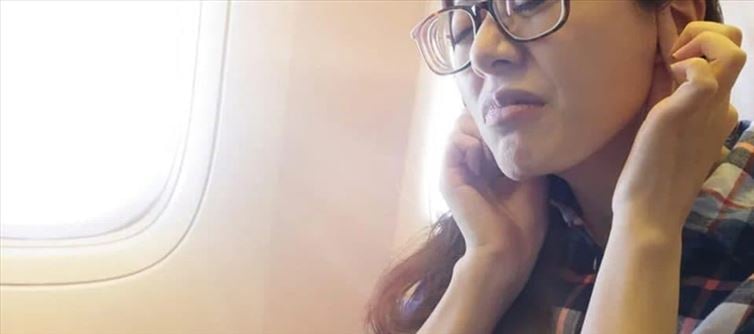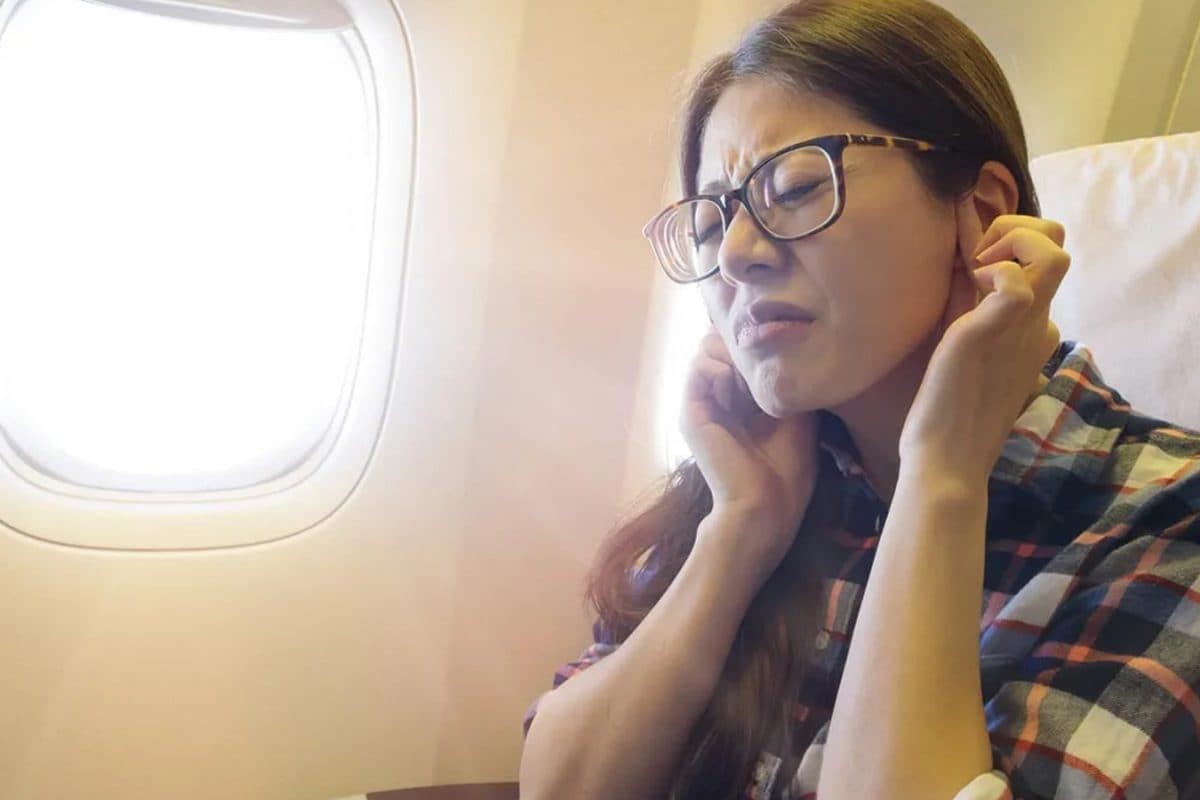
Knowledge Aircraft Ear: Causes, Signs And Symptoms, And Hints For Comfort For The Duration Of Air Journey

How to ease the soreness:Easy self-care techniques like yawning, swallowing, or chewing gum can help relieve the pressure modifications and ease the pain associated with aircraft ear. Those moves assist in stabilizing the strain in your ears, imparting quick comfort from the signs and symptoms. The phenomenon of airplane ear is associated with air stress. air at floor level is denser in comparison to the air encountered at higher altitudes. As we ascend into the atmosphere, the air strain decreases. At the back of the eardrum is the Eustachian tube, which holds trapped air. For the duration of takeoff, the air within the tube is under better strain than the air outside. This causes the trapped air to push towards the eardrum, making the popping sound we all hear.
Hazard elements:Situations that intervene with the proper function of the Eustachian tube could make you more prone to experiencing airplane ear. Several factors increase this risk, including having a smaller Eustachian tube, which is more commonplace in infants and infants. Other contributing elements include having a cold, sinus infections, hay fever (allergic rhinitis), or middle ear infections (otitis media). Moreover, sleeping during takeoff or touchdown on a flight can also increase the probability of an airplane ear, as you're no longer actively carrying out movements like yawning or swallowing to help stabilize the pressure in your ears. So, the next time you're on a flight and pay attention to that familiar pop, you'll at least understand the technology behind it, despite the fact that it's not the most cozy sensation.
Disclaimer: This material is not meant to replace expert medical advice; rather, it is meant to be informative only. If you have any queries concerning a medical problem, you should always see your doctor.

